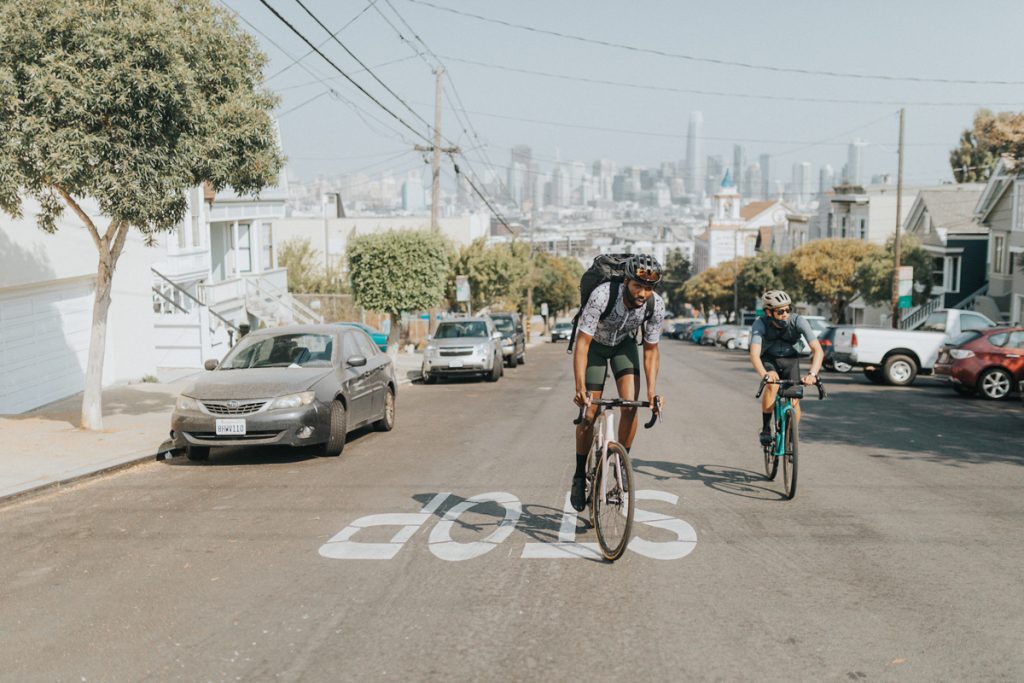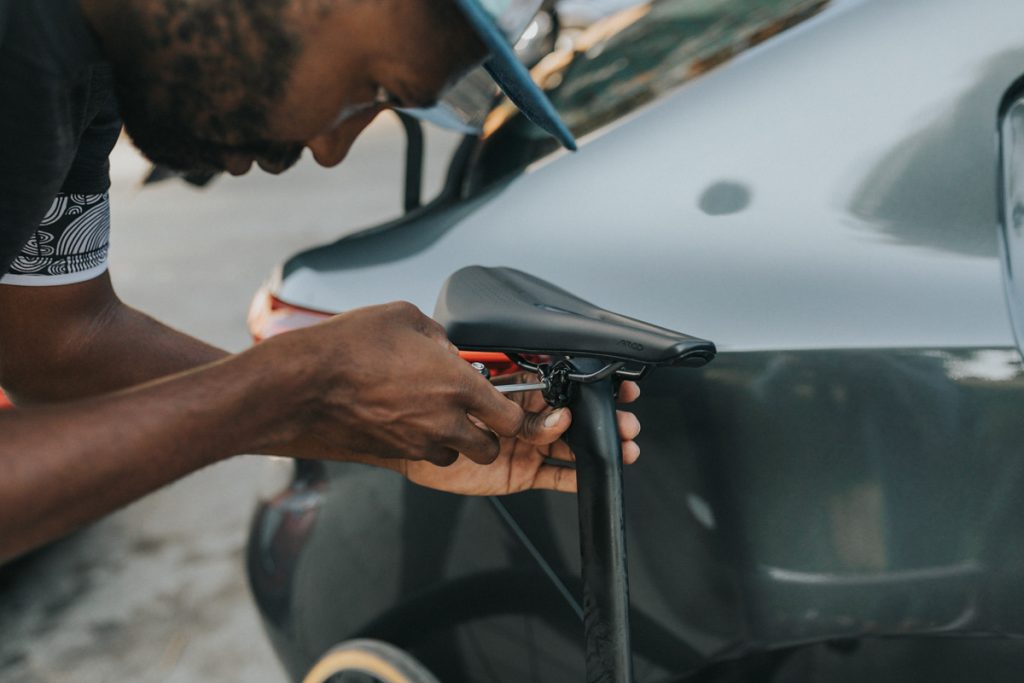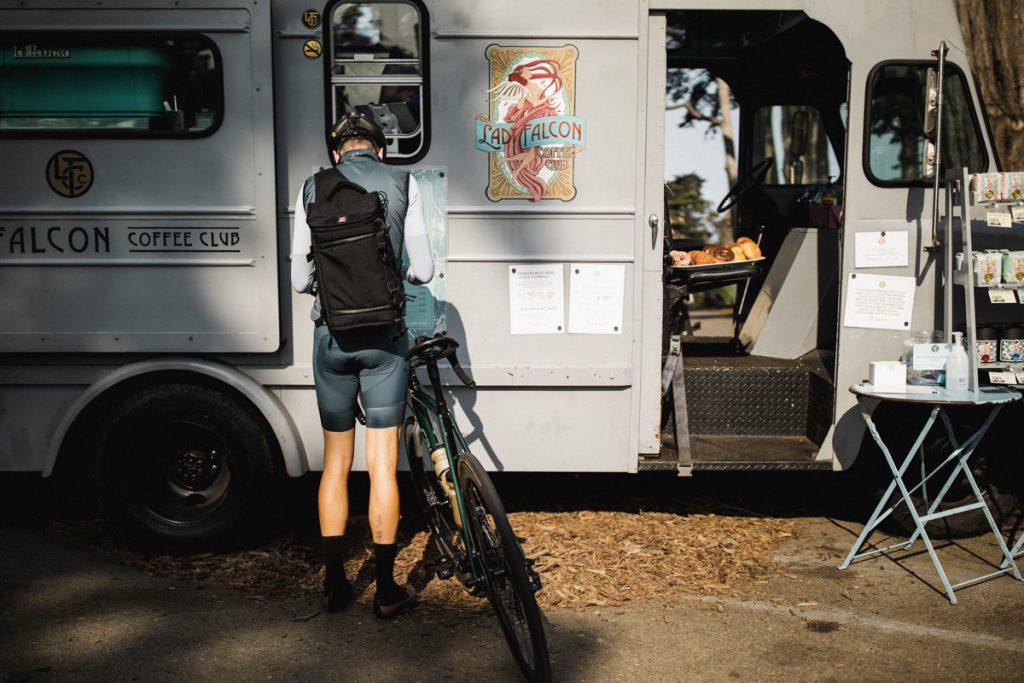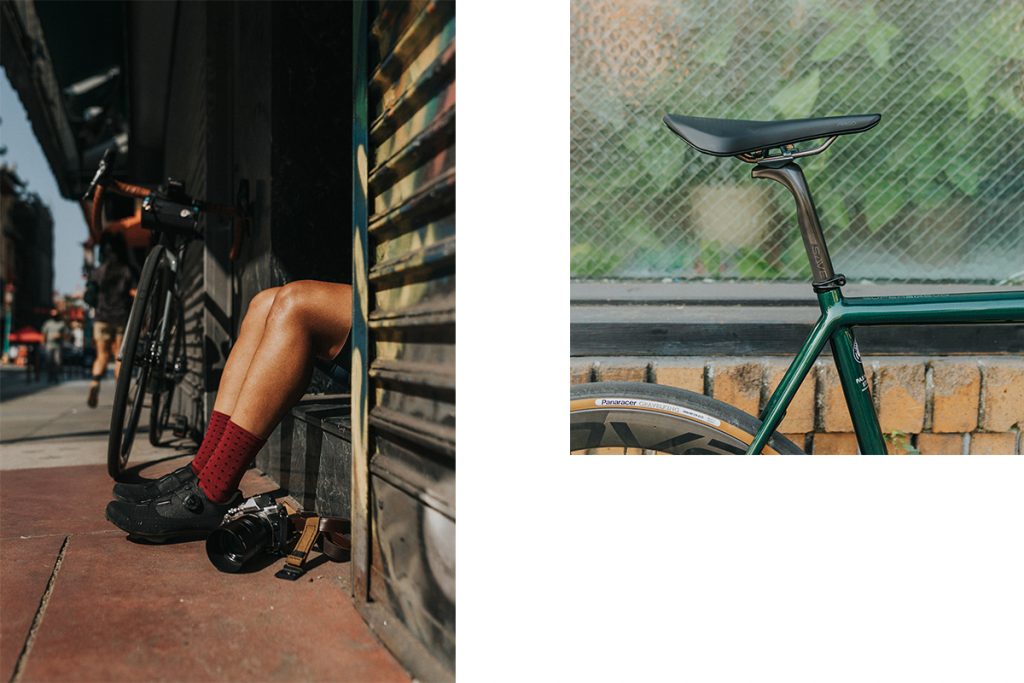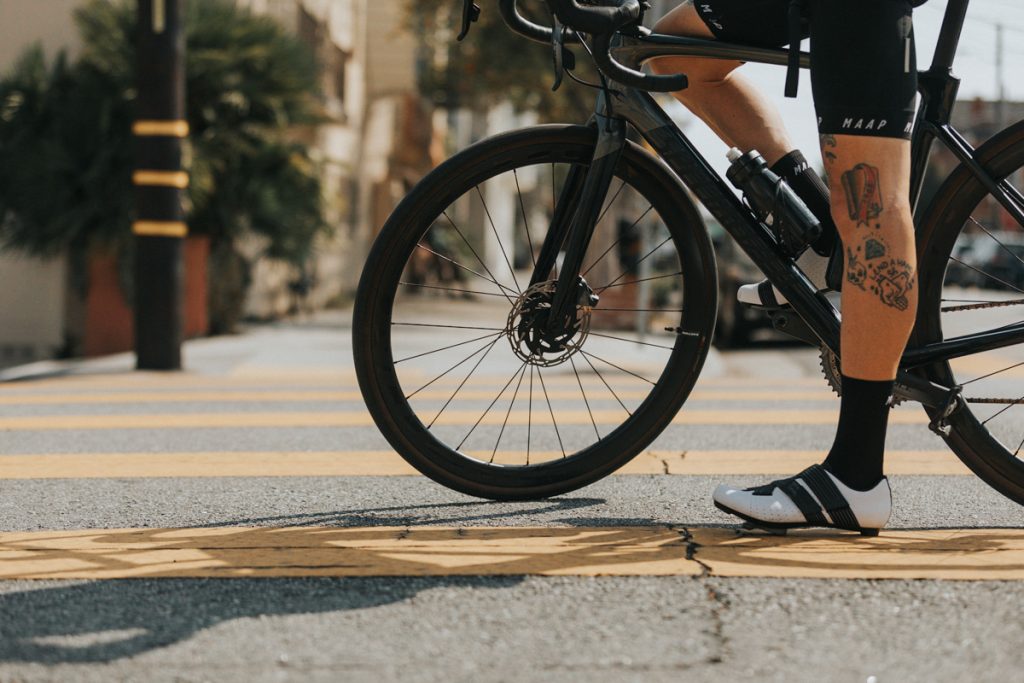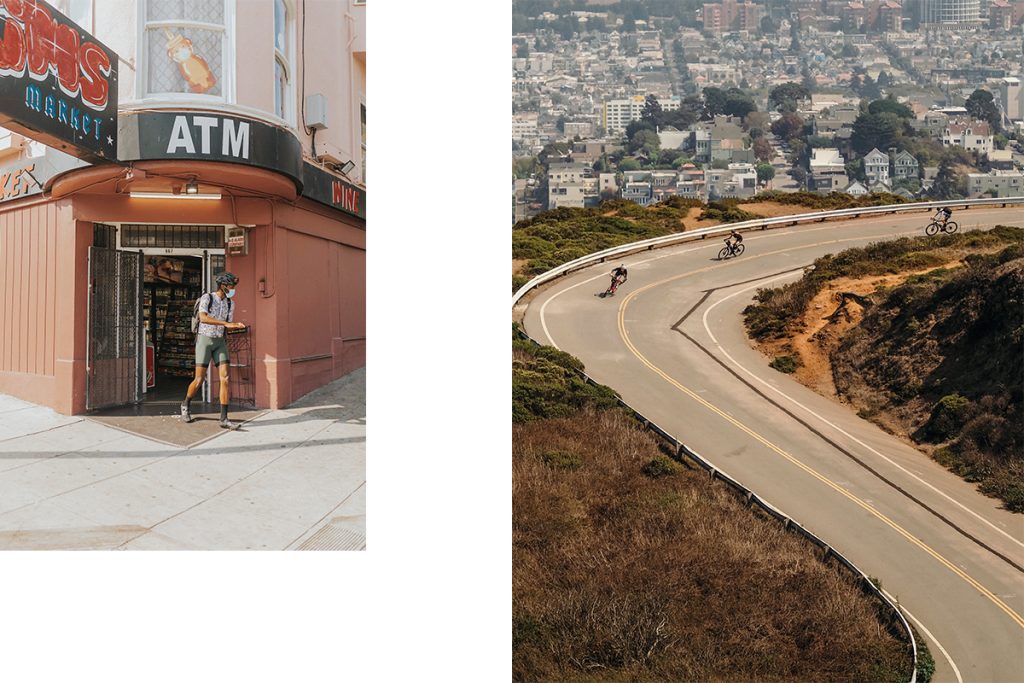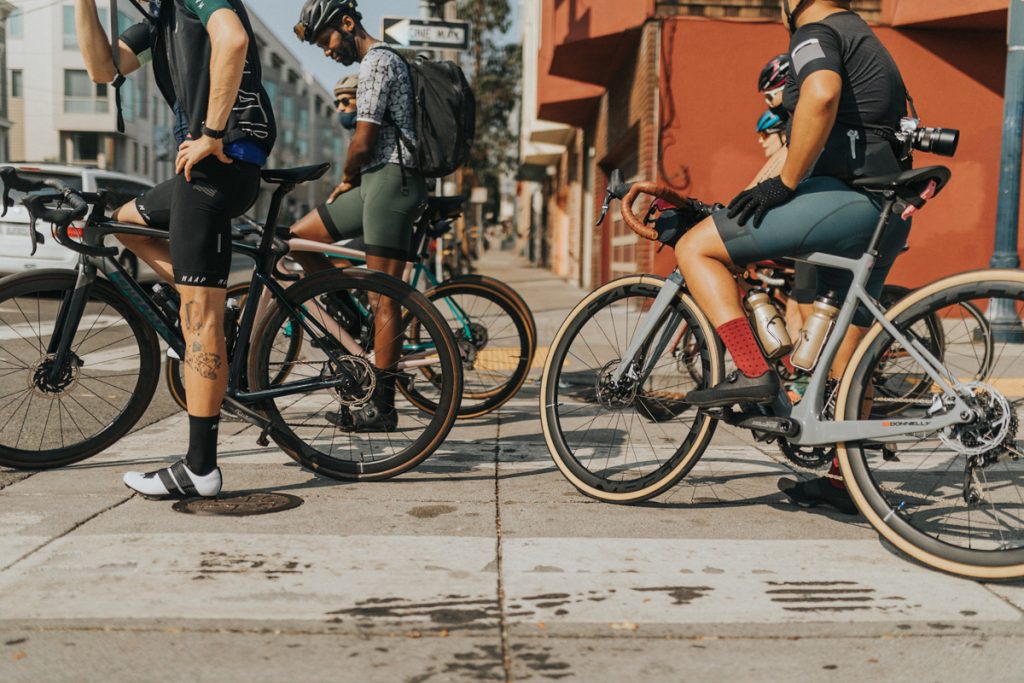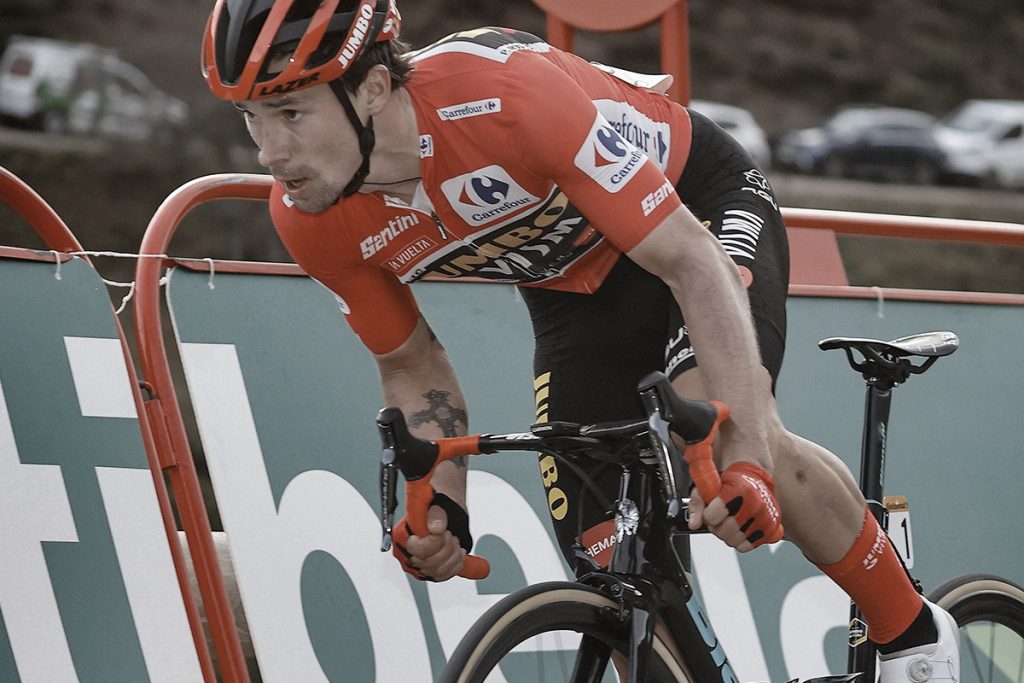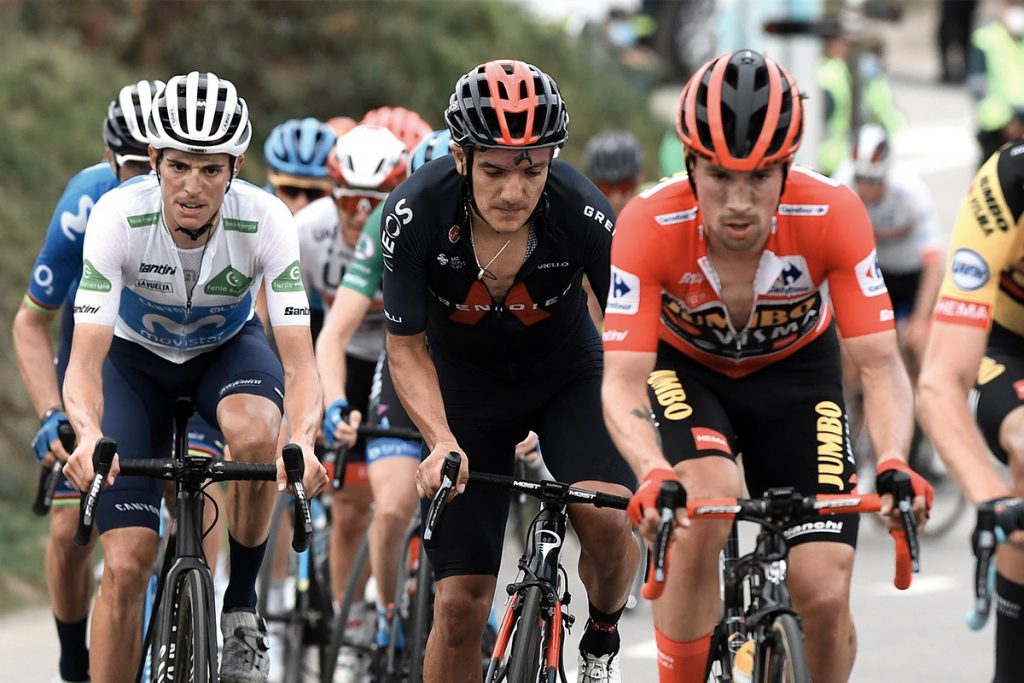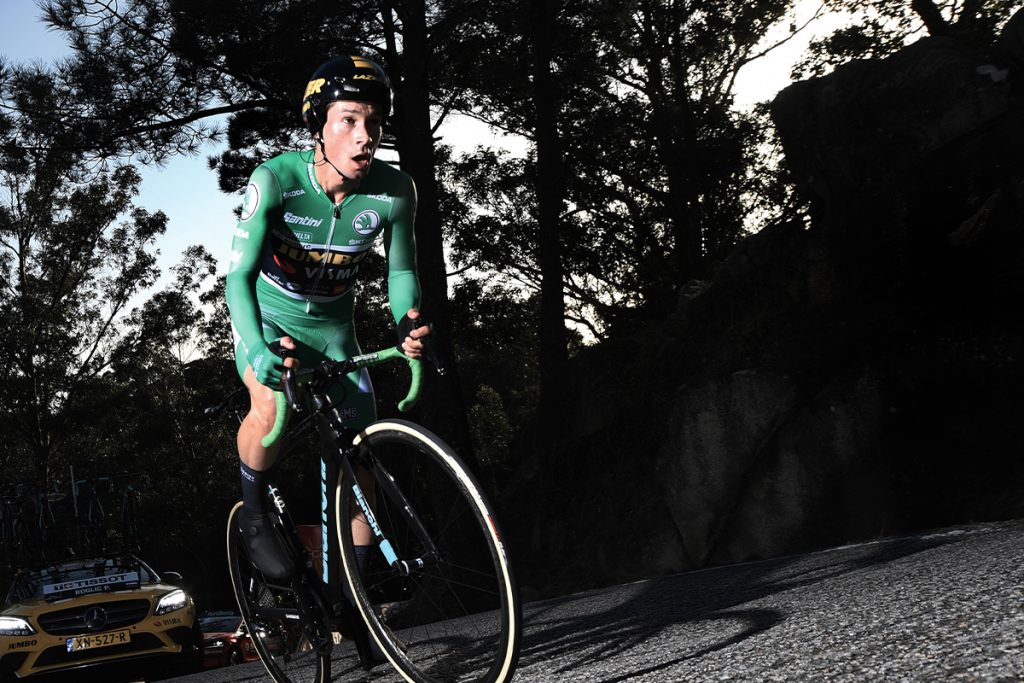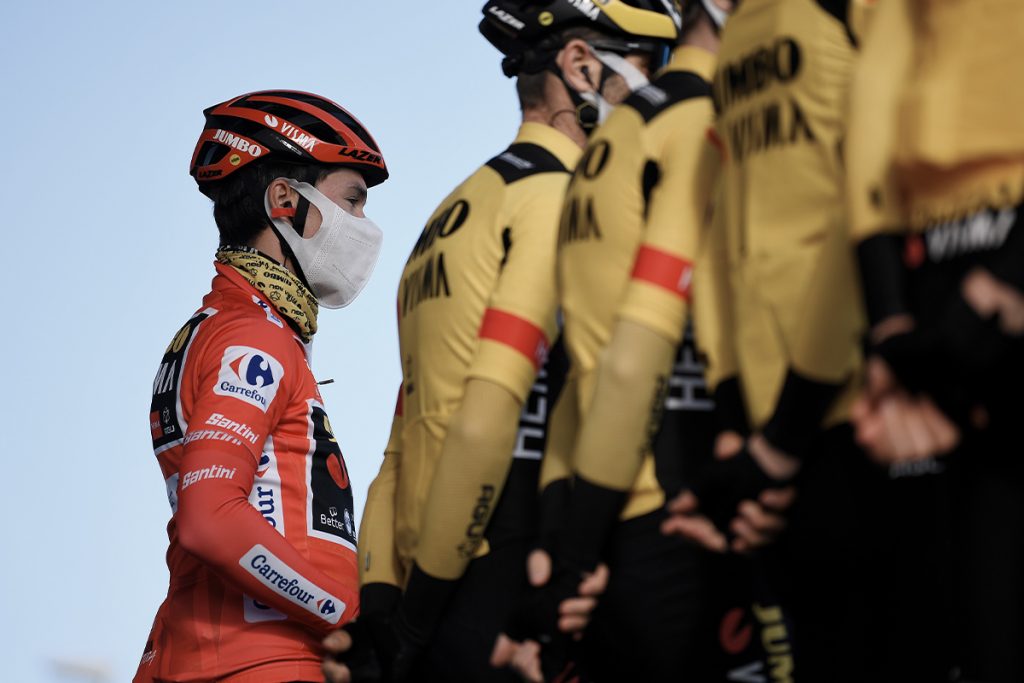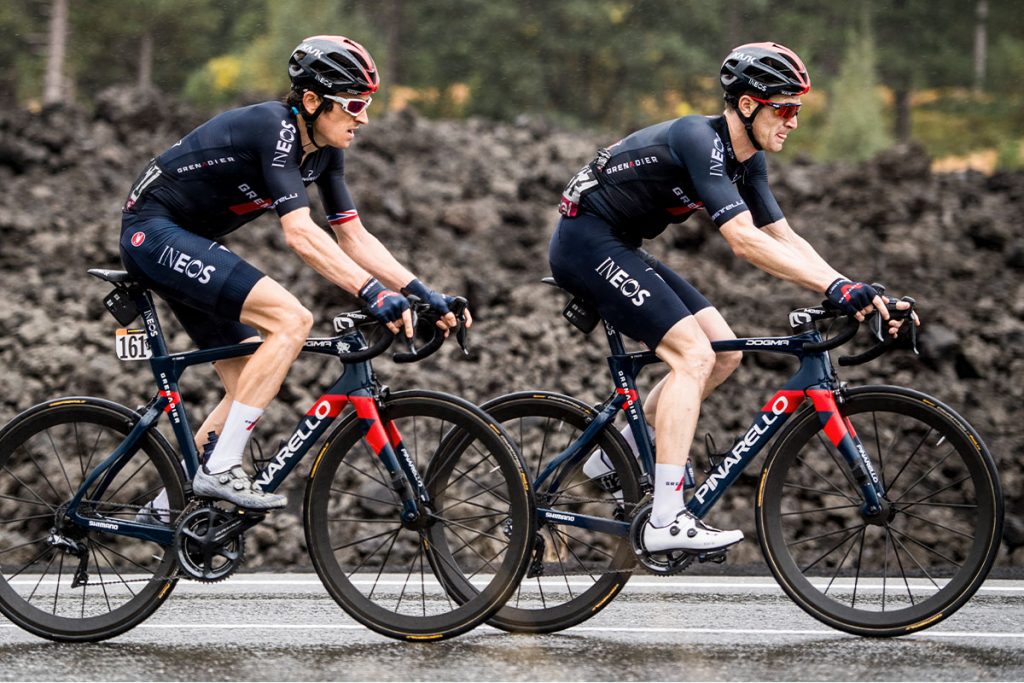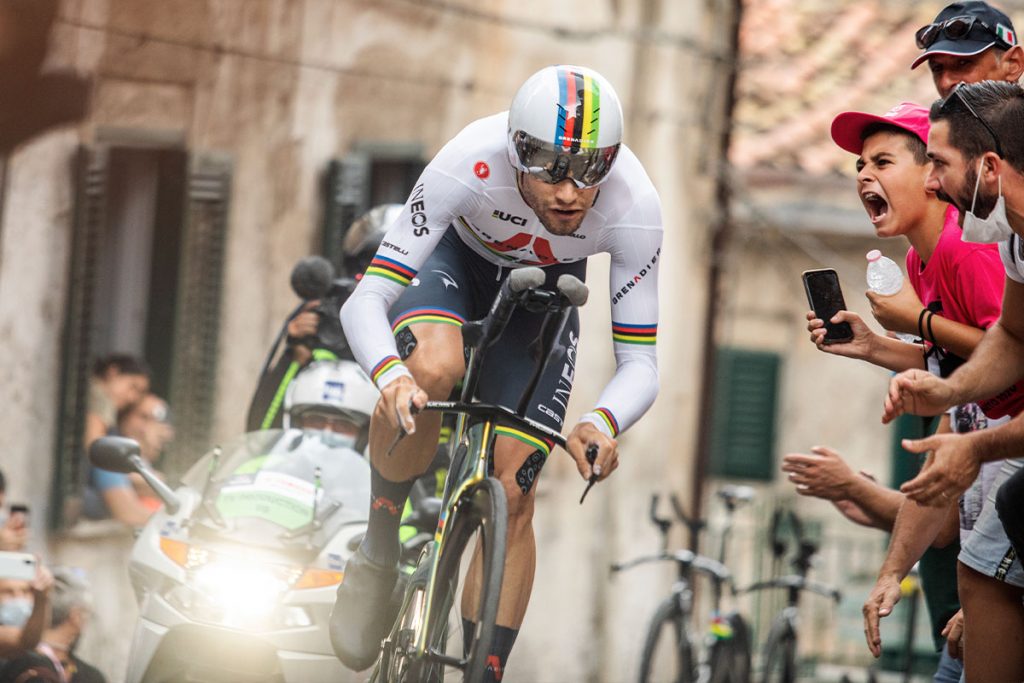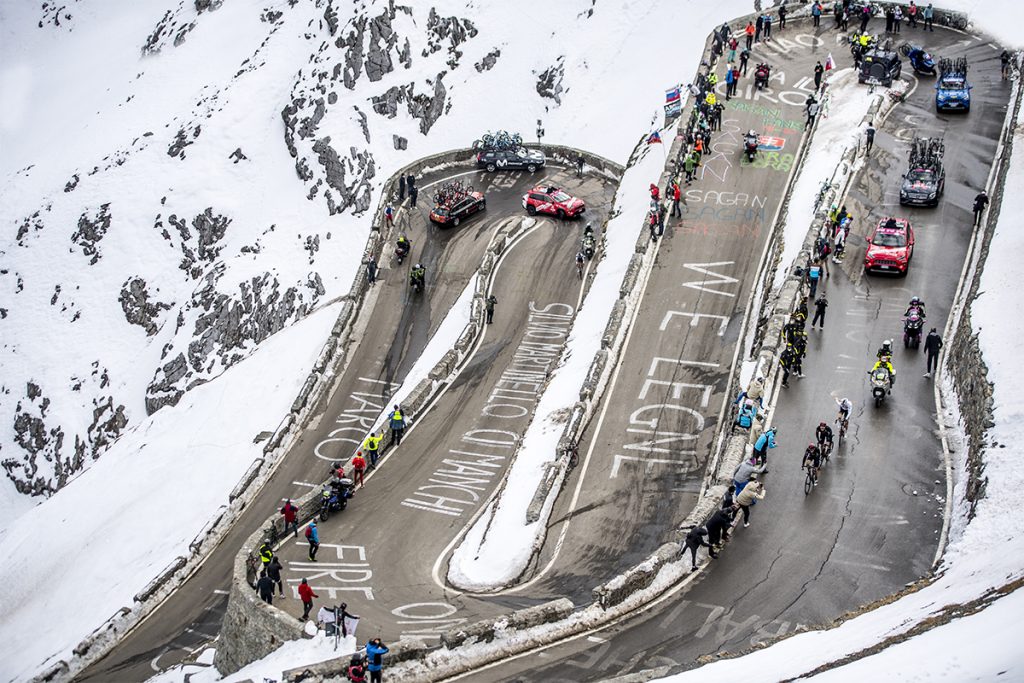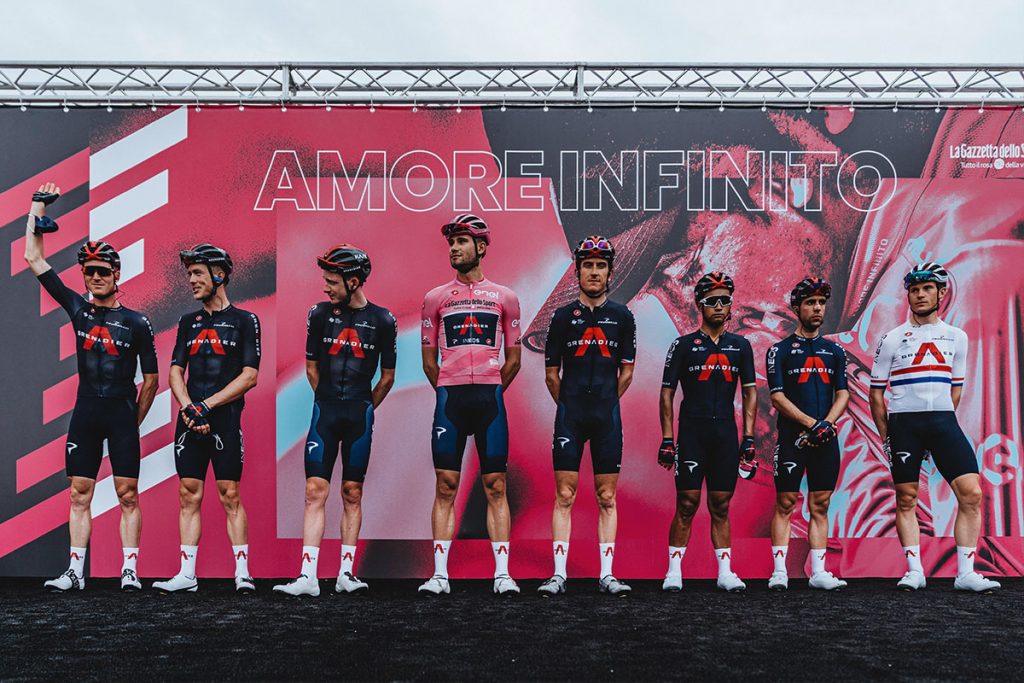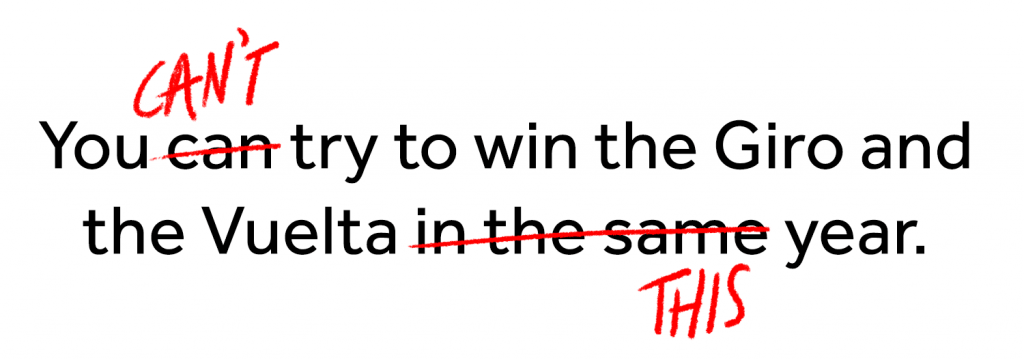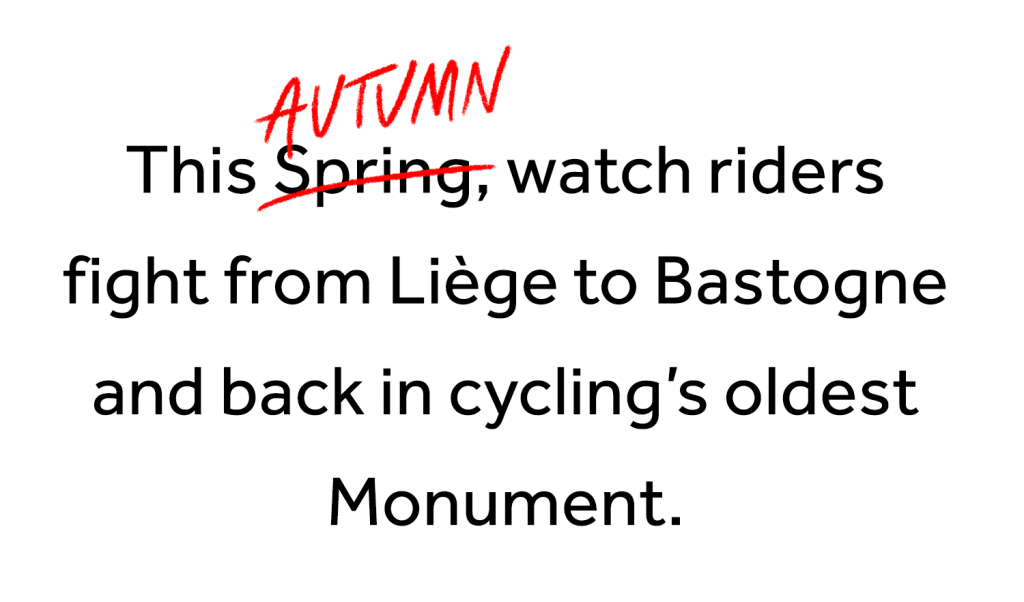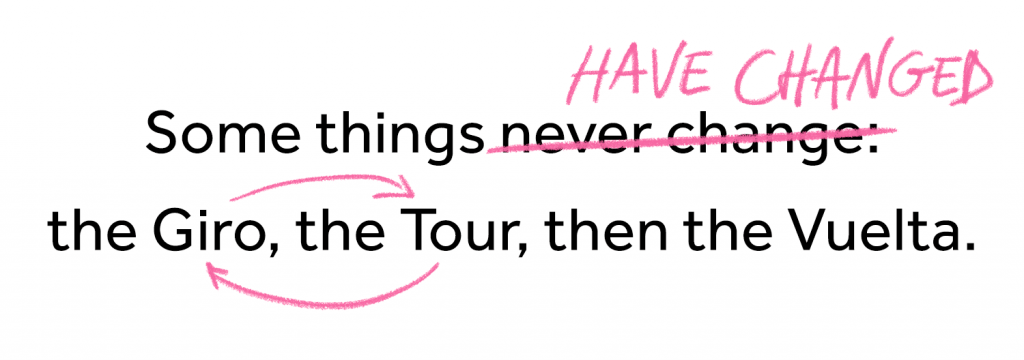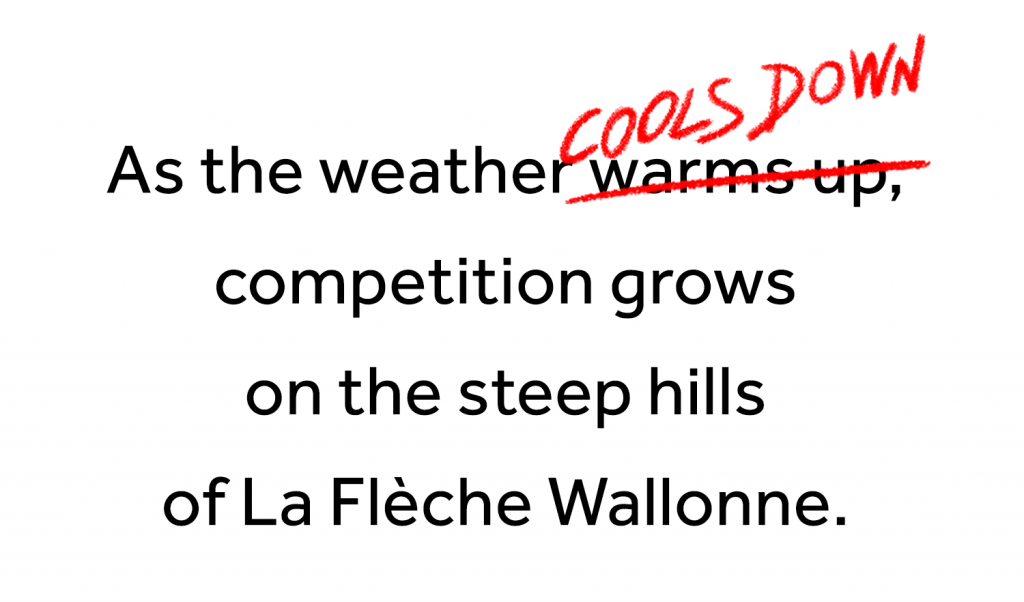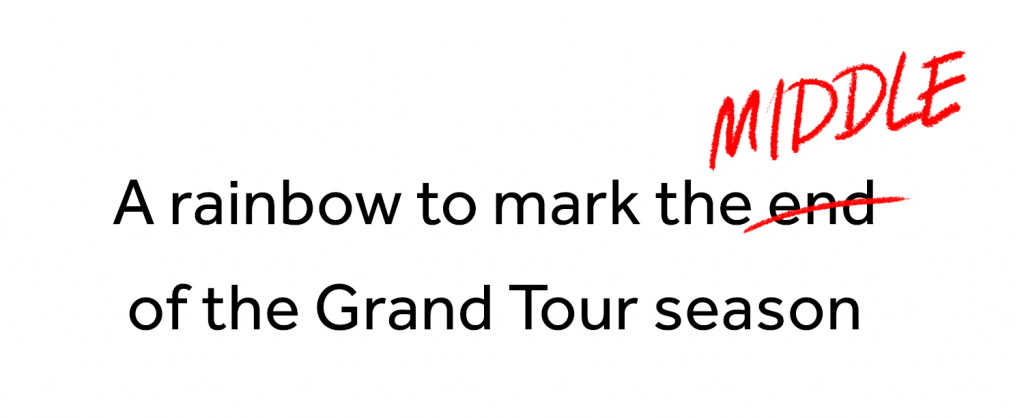San Francisco is a city steeped in cycling culture—from the pioneering Repack Races of the ‘70s and ‘80s, an early predecessor to the modern world of MTB, to a fixie-focused messenger scene that has exploded over the last decade alongside an ever-expanding road and gravel community. Take to the many hills in and around the city, and chances are you won’t be alone, as two-wheeled transportation has become as iconic as the San Francisco trolley itself. Living in the Bay Area, Christopher Stricklen (a.k.a. Creedub) is no stranger to what makes San Francisco a great place to ride. Passionate about both cycling and photography, he frequently joins forces with likeminded friends, a group collectively called Photo Pace, to explore and catalogue the city’s unique appeal and diverse cycling community. Christopher regularly joins fellow members for rides up and down San Francisco’s many inclines as well as for longer spins outside the city. “San Francisco is super hilly throughout the heart of the city and mostly flat around the edges,” he explains. “It’s like rolling around on the cover of a Joy Division album. You can ride from the inner city of San Francisco to one of the tallest mountain peaks in the Bay Area within ninety minutes via two wheels, and you can gaze at the Pacific for the majority of the ride.” When asked what gets Christopher excited to ride, he responds that companionship matters more than metres climbed: “I love riding hard, but more than anything, I love spending time and sharing laughs with people whose company I enjoy. So if ever I have to decide between a one-to-two-hour hammer ride with an assorted group, or a three-hour chilleur with the homies, I’m taking the latter every time.” Recently, Christopher and friends set out for one such laid back outing, deemed their City Slickers ride, replete with fizik shoes and saddles for a great day of spinning in the late-summer California sun. A late-summer heatwave might have kept warmer cycling kits tucked away, but it didn’t stop Christopher and friends from putting their Tempo Overcurve shoes and Tempo Argo saddles through their paces. With photos snapped, coffees finished and another City Slickers ride in the books, the lengthening shadows mark the end of a great day exploring San Francisco, with Christopher sharing his final thoughts: “Riding a bike can just be riding a bike, or you can pull out your phone, your point-and-shoot or your full-frame camera and document exactly what you’re experiencing at that time. It’s a way of sharing something with others that is best explained visually.” Photographs: ©@alpineemily, @creedub, @gene_torno, @kylethornhill, @rj.agc, @photo.pace. As the 2020 cycling season draws nearer to its end, it has certainly been anything but predictable—but perhaps we should have seen this one coming. Following Primož Roglič’s history-making win at the 2019 Vuelta, a first-such title for a competitor from his home country, the Slovenian cyclist has claimed Grand Tour glory again, earning back-to-back Vuelta victories and returning La Roja to the “sunny side of the Alps.” And just as in last year’s win, he led the way with fizik. A NAIL-BITING BACK AND FORTH From a early-season training to claiming his second Vuelta victory, Primož Roglič’s 2020 season has been dramatic, to say the least. After narrowly missing out on the maillot jaune in the Tour’s final time trial, fate saw fit to restore Roglič’s leader status following another race against the clock, this time on the Vuelta’s thirteenth stage, leading to his third (and ultimately lasting) turn wearing red. And while Roglič’s commitment to winning was evident all along, getting there was anything but easy. In addition to the challenge of La Vuelta’s eighteen daunting stages, he’d soon find himself locked in a heated fight for first against fellow fizik rider and 2019 Giro d’Italia champion Richard Carapaz (Ineos Grenadiers). From the outset climbing Alto de Arrete, the battle between these two riders was fierce, with Roglič ending this year’s opening stage in the same color as last year’s final, and managing to hold the top spot before a blistering attack on stage six catapulted Carapaz from third to first. Making up ground on the eighth stage, Roglič beat Carapaz to the finish atop Alto de Moncalvillo, narrowing the Ecuadorian’s overall lead before re-donning the red jersey two days later, somewhat controversially, with tied overall times. Again two stages later, the jersey swapped backs as Carapaz managed to break the three-day, two-way tie on the steep slopes of Alto de l’Angliru. But this short lead wouldn’t hold, with Primož poetically reclaiming La Roja in an individual time trial, restoring self-confidence in a format that cost him considerably earlier in the season. SUPPORTING VICTORIES Beneath Primož Roglič’s powerful Vuelta performance sits the fizik Antares 00 Saddle, a race-bred saddle that’s earned accolades throughout the pro peloton as well as top spots on cycling’s grandest podiums. Rewind to Roglič’s 2019 Vuelta win, and while the competition was different, the saddle was the same. Of course, Primož wasn’t the only pro making waves at La Vuelta with fizik. Second-place finisher Richard Carapaz can stand tall following a strong showing throughout the race as well as the entire season. To Primož Roglič and his Jumbo Visma team, as well as all our fizik riders and fans around the world, congratulations on creating history again, on re-winning the Vuelta and making it an unprecedented, unforgettable Grand Tour season! The Giro d’Italia reached a thrilling climax this weekend as the new generation of INEOS Grenadiers riders rounded off an improbable three weeks with a superb Grand Tour win for Tao Geoghegan Hart as Filippo Ganna racked up a fourth stage win in Milan. The three-week race saw a host of individual and collective displays of the highest level from the team after the loss of captain Geraint Thomas following an unfortunate crash on stage 3. The Giro began first with a historic performance from UCI world champion Filippo Ganna who, in his first-ever Giro appearance, took the art of time trialling to a new level with the fastest-ever Grand Tour time trial average of 58.8 km/h. Swapping his rainbow stripes for the leader’s pink jersey, he then pushed clear on the final climb of stage 5 for his first career win on the road with a solo attack to conquer the 225km stage with over 4,500m of elevation, confirming his top condition and showing he can win on the road as well as he can against the clock. The team went on to celebrate a remarkable run of three wins in four stages crowned by Tao Geoghegan Hart, the 25 year-old from Hackney, London, who aboard the Vento Argo R1 courageously ignited unexpected general classification hopes for the team. Having crashed out of last year’s Giro with a broken collarbone, the win was all the more emotional as he crossed the line pointing to the sky in tribute to the team’s late Sports Director Nico Portal. On stage 18, in what was surely one of the most memorable days in Giro history against the backdrop of the snow-capped peaks of the Dolomites, the slopes of the legendary Stelvio Pass saw a masterful INEOS Grenadiers performance that caused a dramatic GC shake-up, setting up the prospect of a thrilling final weekend after Tao’s superb second place on the stage moved him up to third place on GC, only 15 seconds away from the pink Jersey with just three stages to go. Filippo Ganna went all out to win his fourth stage in the final time trial as Tao Geoghegan Hart made a valiant effort to secure the Maglia Rosa of the overall classification. He rode the race of his life, edging out Jai Hindley in the final time trial. Covering 3,497 km up the length of Italy from Palermo, the capital of Sicily to the northern industrial powerhouse of Milan, the INEOS Grenadiers ended their spectacular run in style, showing truly impressive strength of character and remarkable consistency throughout the three-week race. Their spirited, attacking racing, record-breaking performances and unfailing team support played a central role in what is sure to go down as one of the greatest performances in one of the most memorable editions of Giro d’Italia history. Congratulations to Tao Geoghegan Hart and the INEOS Grenadiers! Depending on who you ask, the route to cycling’s Triple Crown can follow a few different paths. Strict traditionalists define it as winning the Giro, Tour and World Championships in the same year, while many others have expanded that definition to include any combo of three wins between the Worlds and Grand Tours. But no matter which races you use to classify a Triple Crown, all agree that claiming this never-before-earned title is almost impossible. Instead, more realistic riders often set their sights on the exceedingly difficult, yet attainable, task of taking home two Grand Tour wins in a single season, typically targeting the opening Giro and closing Vuelta at the centre of their ambitions. But as with everything else this year, a compressed schedule and overlapping Grand Tours has required riders to rethink the season. For the first time, the Vuelta will start before the end of the Giro in Italy, dashing hopes of a double-tour title. Luckily, though, the excitement and drama of Spain’s premiere cycling race remain. As the youngest of the three GTs, La Vuelta Ciclista a España first set out from Madrid in May of 1935, three decades later than the neighbouring races. Over the years, the beauty of cycling in Spain, as well as the challenges posed by the looming Pyrenees mountains, have made the Vuelta an apt Grand Tour finale and one of the most highly anticipated races of the year. For 2020, the Vuelta is foregoing its usual September start date, instead setting off for the first time in October from just outside San Sebastian along Spain’s mountainous north. But maybe the biggest change to this year’s race is its shortened schedule, reduced from twenty-one stages to eighteen and demanding cyclists and teams re-strategize their planned paths to victory. And while it remains to be seen the specific effects these changes will have on individual riders as the race unfolds in the coming weeks, there promises to be plenty of excitement along the way. Join us for the drama as the Vuelta begins to draw one of the most memorable Grand Tour seasons ever draws to a sensational close. Spring in the Flemish countryside is marked by warming temperatures, blooming flowers, and of course, cycling. Introduced over a century ago, the Tour of Flanders has been an uninterrupted tradition in Belgium every year since it last took a brief break for the first World War. An event as unstoppable as the riders themselves, when WWII raged across Europe, De Ronde, as it’s also known, kept rolling, becoming the only Classics race to take place on occupied German soil. Along with its late-season slot, the Tour of Flanders will take place on a shorter course for its 104th edition, cutting the typical 267km route down to an only-slightly-slimmer 241km. Yet even though the total distance has been trimmed, seventeen (mostly cobbled) climbs coupled with five additional pavé segments guarantee a full serving of excitement this Sunday. After all, it’s De Ronde’s iconic climbs that have become emblematic of the event, helping earn the race its nickname, “Vlaanderens Mooiste,” or “Flander’s Finest”. Like the rest of this year’s Spring Classics, the Tour of Flanders finds itself in an unusual position, overlapping with other races, such as the Giro in Italy, and no longer playing the part of predictor for the future of the cycling season or predecessor to the recently cancelled Paris-Roubaix. Shifting dynamics in the field of competitors will also have their impact on the cobbled climbs of the Paterberg, Muur-Kapelmuur, Koppenberg and more, yet with a hundred years of tradition and a determined line-up of riders ready for the challenge, the 2020 edition of the Ronde van Vlaanderen promises plenty of memorable moments as riders make history again under the budding spring (colourful autumn) leaves of the picturesque Flemish countryside. As the oldest of cycling’s Five Monuments and one of the toughest single-day races in the sport, Liège-Bastogne-Liège has played host to many big moments over the years, from harrowing, snow-covered breakaways to countless close sprints to the finish. But one thing this classic contest has never featured is an autumn start—until now. Moving from late-April to October, La Doyenne, or “The Old Lady” as it’s also known, may be losing its place as the last Spring Classic of the year, but it is sure to retain all of its regular excitement as riders line up for an epic out-and-back across the hilly Belgian countryside. First held in 1892, Liège-Bastogne Liège has experienced a few interruptions over the years, the majority occurring during both World Wars, as well as minor course changes, the most recent being last year’s return of the finish to the city centre in Liège. But overall, for over a century, the spirit of the race has stayed the same: cyclists must ride from Liège to Bastogne and back, taking in some 257 km and 5,000 vertical meters of climbing along the way. First one back wins. Yet with steep gradients and eleven categorized climbs standing in the way, the concept may be simple, but its execution is anything but. Adding to the challenge is the notorious Belgian weather which typically shows up with rain, wind and sometimes snow each spring—and already looks poised to do the same this year, despite La Doyenne’s change in start date. With a field full of talent and a comparatively flat finish, look for early escapes and close competition as riders aim to claim glory this spring (autumn) in the hills of the Ardennes. Following a spring and summer without pro cycling, we launched the RE-START campaign at the beginning of August and the excitement has been non-stop leading up to the Giro d’Italia. With a condensed racing calendar filling the streets across Europe and screens around the globe, the 2020 season may have come late, but it arrived with gusto, and there is still much more to come. And as the sport returned, we eagerly tuned in to see how the pros would handle such an unprecedented competitive situation. Which made us wonder: what other Re-starts do pro cyclists face? And, when faced with change, how do the leaders of the peloton stay on top? To hear what Tour champion G had to say, click on the video and join us after in Italy as we RE-START the Corsa Rosa together. Cycling is a sport led by tradition, and though the bikes, individuals and colourful jerseys always change, the ceremony remains, and few cycling customs are held as sacred as this: of the three Grand Tours, the Giro d’Italia comes first. Typically held in May when riders test their fresh legs over Italy’s famous peaks in a fight to finish in the Maglia Rosa. And while for the 103rd edition the Giro will retain much of its history and tradition, it will follow an exciting Tour de France, which finished in Paris just a few short weeks ago. The change of schedule promises not only to shake things up as temperatures dip to near-freezing on the high climbs, this year leading up to Cima Coppi along the famed switchbacks of Passo Stelvio. It has also reshaped the field, with several prominent riders challenging La Corsa Rosa for the first time in their careers as the condensed cycling season opens up opportunities to new riders. Yet no matter the month or whether the Giro comes first, second or last in the Grand Tour line-up, one thing is certain: with thousands of kilometres from the start in Sicily to the top of the final podium in Milan, including unpredictable conditions and the unforgiving gradients of both the Alps and Dolomites, an odyssey of thrill and drama awaits the riders of Italy’s boldest bike race that is sure to carry the Giro tradition forward in 2020. Each year, as winter fades into spring with summer just around the corner, riders and fans welcome the warming weather by gathering for some of the toughest single day races in the sport of cycling. For one week in April, however, the intensity gets focused on the Ardennes for some of the steepest Classics on the spring racing schedule. And while this year’s delay may mean temperatures are trending in the opposite direction, the competition will be no less heated at La Flèche Wallonne. Typically holding the central position as the middle race of a week in the Ardennes, La Flèche Wallonne is neither the oldest nor the most storied of the Ardennes Classics. No, it’s not how this particular race started that earns its credence, but instead how the race finishes each year, at the top of the notorious Mur de Huy, one of the steepest finishing climbs in all of cycling. With an average gradient nearing 10% and topping out in points at 26%, chasing victory on the “Wall of Huy” once is difficult enough, but in La Flèche Wallonne, riders must tackle the climb three times, ending on the final ascent and making patience and strategy of equal importance to strength. This year, La Fléche Wallonne marks the opening of Ardennes Week, with Liège-Bastogne-Liège and Amstel Gold soon to follow as newly and temporarily deemed Autumn Classics. There are other changes, too, as the race kicks off for the first time from the municipality of Herve and the competitive field shifts, with a host of new starters itching to make their impression on the race. Yet the Mur de Huy, the one great constant, awaits to offer repeated punishment on its steep sides as 200km of racing come down to the final 128 metres. Join us as the weather warms up and competition grows on the precipitous streets of La Flèche Wallonne. (cools down) Coming at the end of most Grand Tour seasons, the UCI Road World Championships gives riders the opportunity to represent their home countries in single-day time trial and road competitions, fiercely battling to grab a big, late-season win and secure the coveted rainbow jersey. And while the starting date for this year’s World Championships hasn’t much changed, the rest of the 2020 competitive cycling calendar has been completely upended and condensed around it. Hot on the heels of a dynamic first “half” of the season, the Road World Championships fall before both the Giro and the Vuelta this year, making the event a rare indicator of things to come. With 2018 World Champion Alejandro Valverde becoming the de facto incumbent to beat as the 2019 champ will not start, the last-minute change of location to a punchy, climb-heavy course after a high placing at the Tour will make victory a challenge. Instead of the original plan to host the event in Switzerland, the 2020 Worlds will take place in Imola, Italy as both men and women tackle the same high-speed time trial and arduous road racing circuits over a shortened four-day schedule. Yet despite, or perhaps because of the changes, this year’s Road World Championships promise to be an exciting week of racing, with one of the shortest, flattest time-trial circuits in recent memory contrasting the 2,800 and 5,000 respective meters men and women will climb as they battle it out in the Elite road race, in lap after lap around Imola. So tune in to the Road World Championships to see who goes home with the rainbow stripes to mark the end middle of this year’s Grand Tour season.